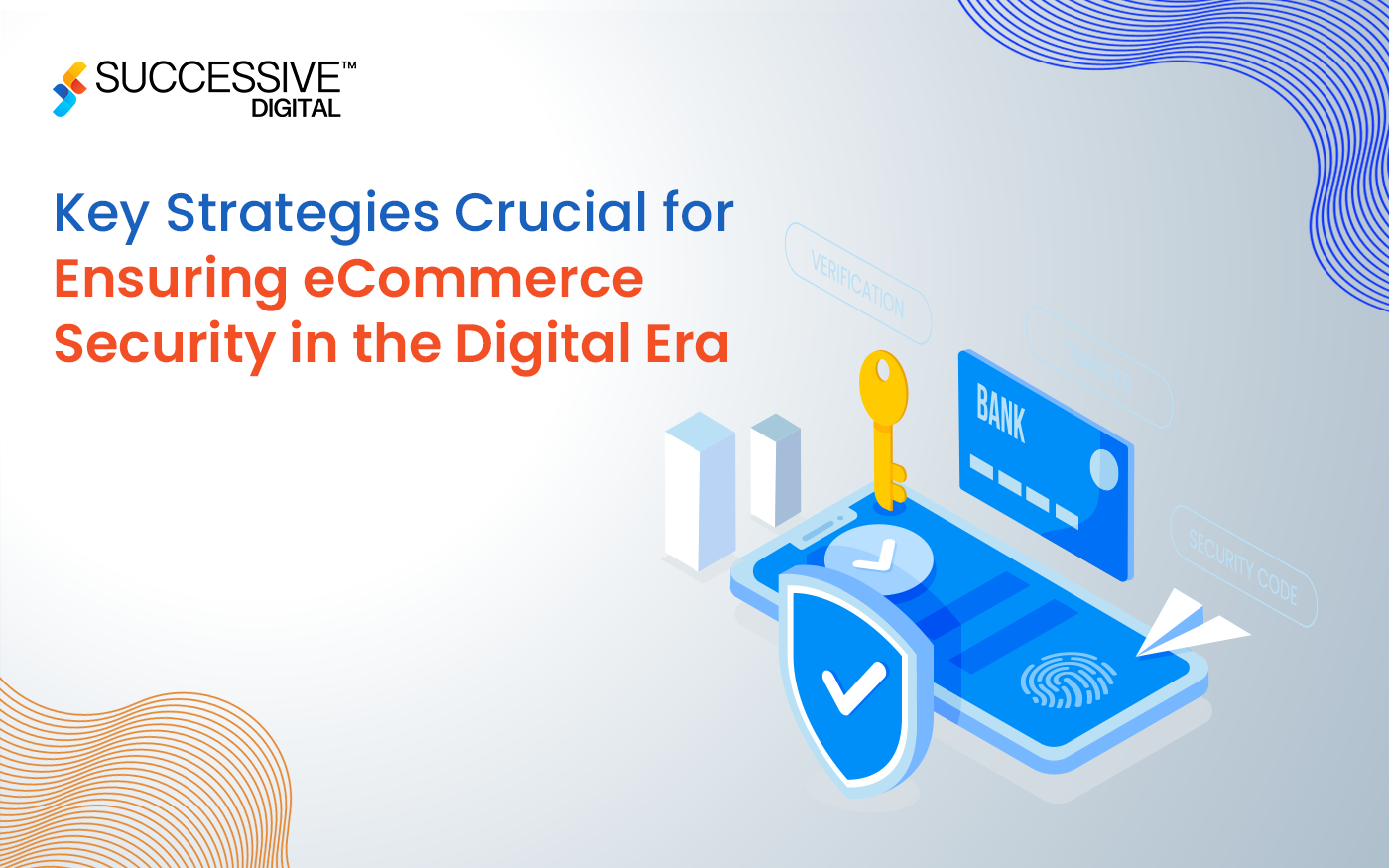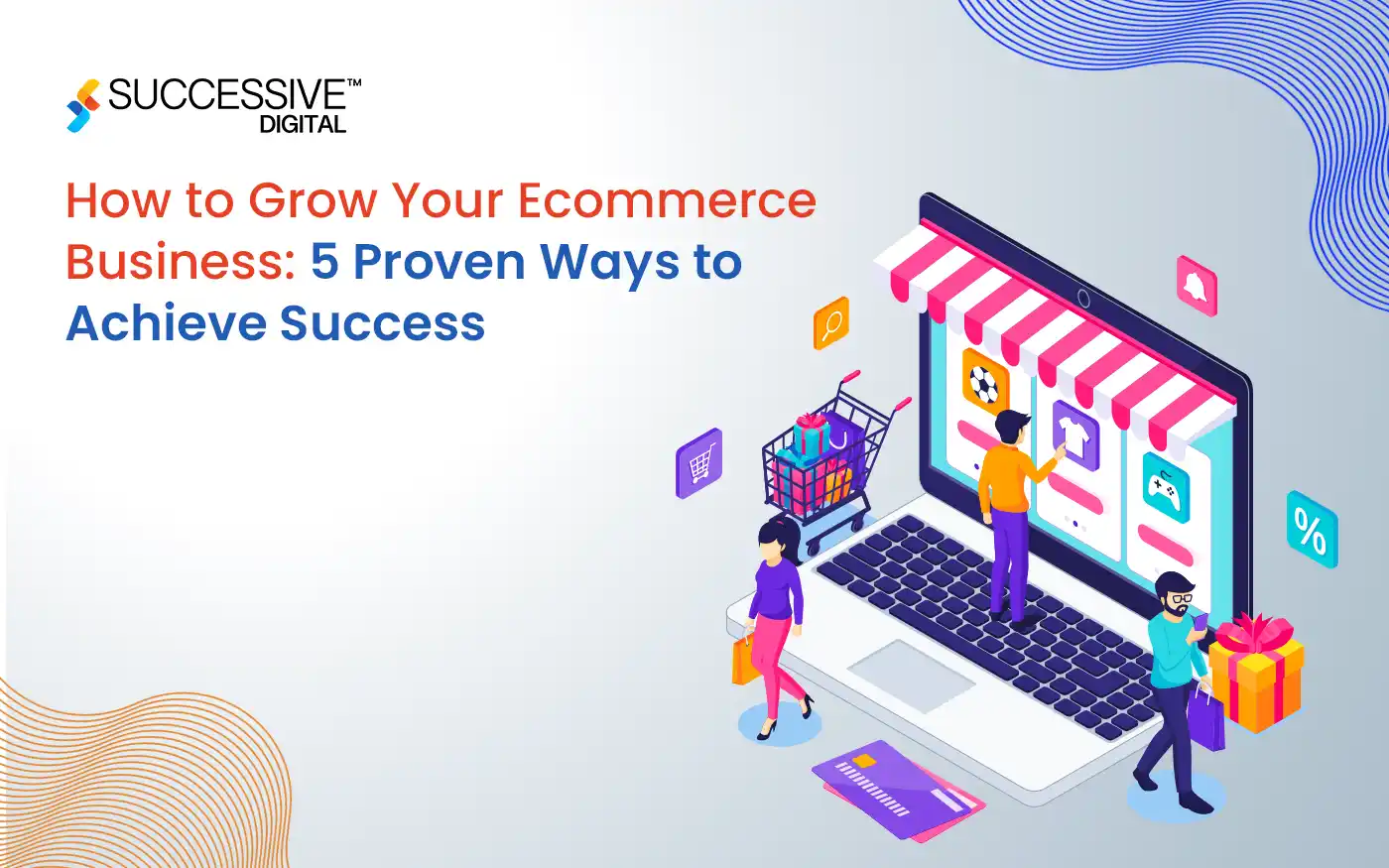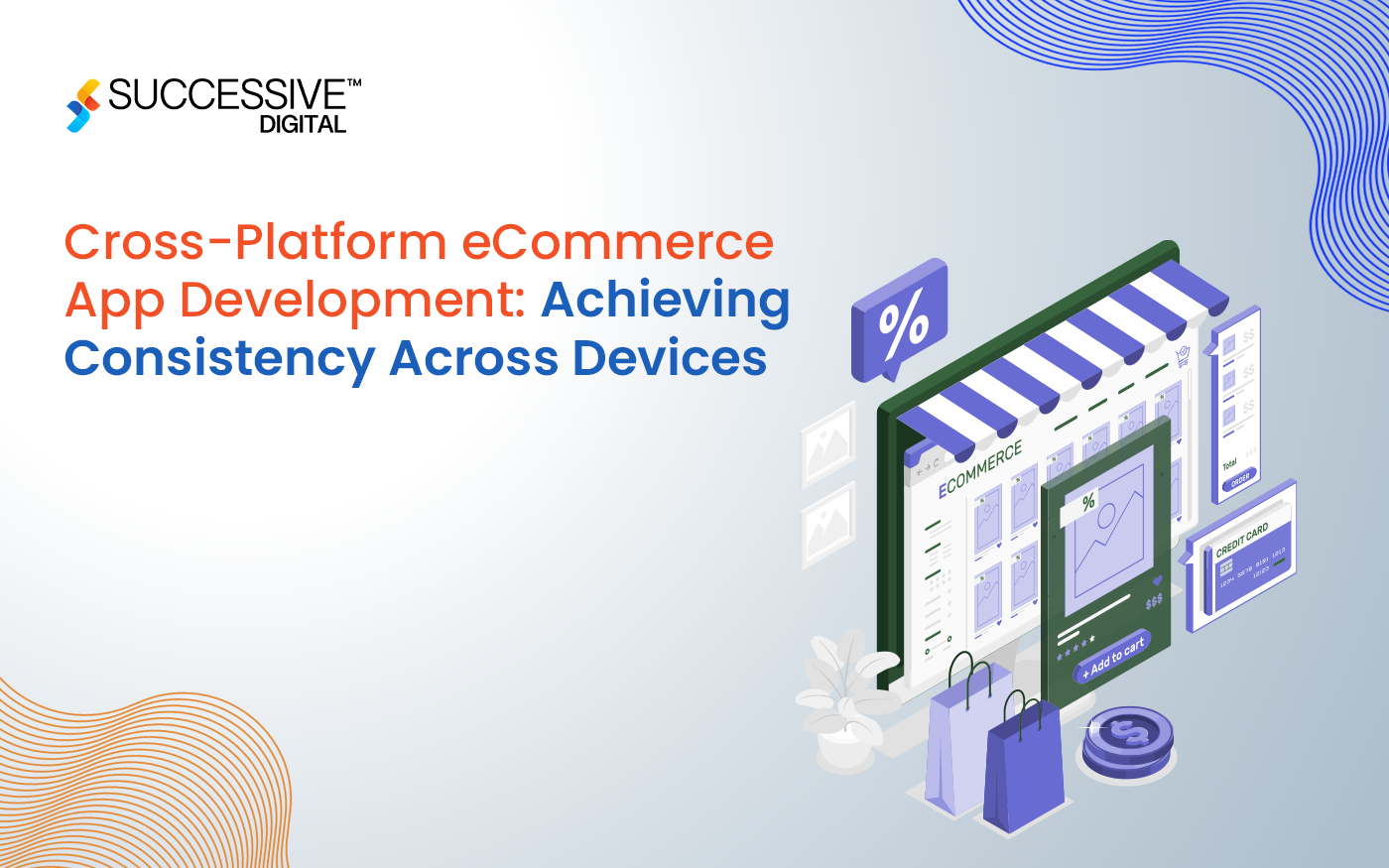Did you know that the average cart abandonment rate across industries is around 70 percent? There are many reasons for this: long checkout processes, no guest checkout option, visitors getting distracted, high shipping costs, and more.
To minimize the number of potential customers that your eCommerce business loses in these ways, you have to design your customer journey so that it is easy and appealing for your customers to perform the actions you want them to. By using analytics tools and data, you can identify where your site visitors are dropping off, and what changes you need to make to encourage them to convert.
What is an eCommerce conversion funnel?
First, let’s look at what an eCommerce conversion funnel or eCommerce sales funnel is.
A conversion funnel describes the journey your customers take on the way to conversion. For an eCommerce store, the journey looks like this:
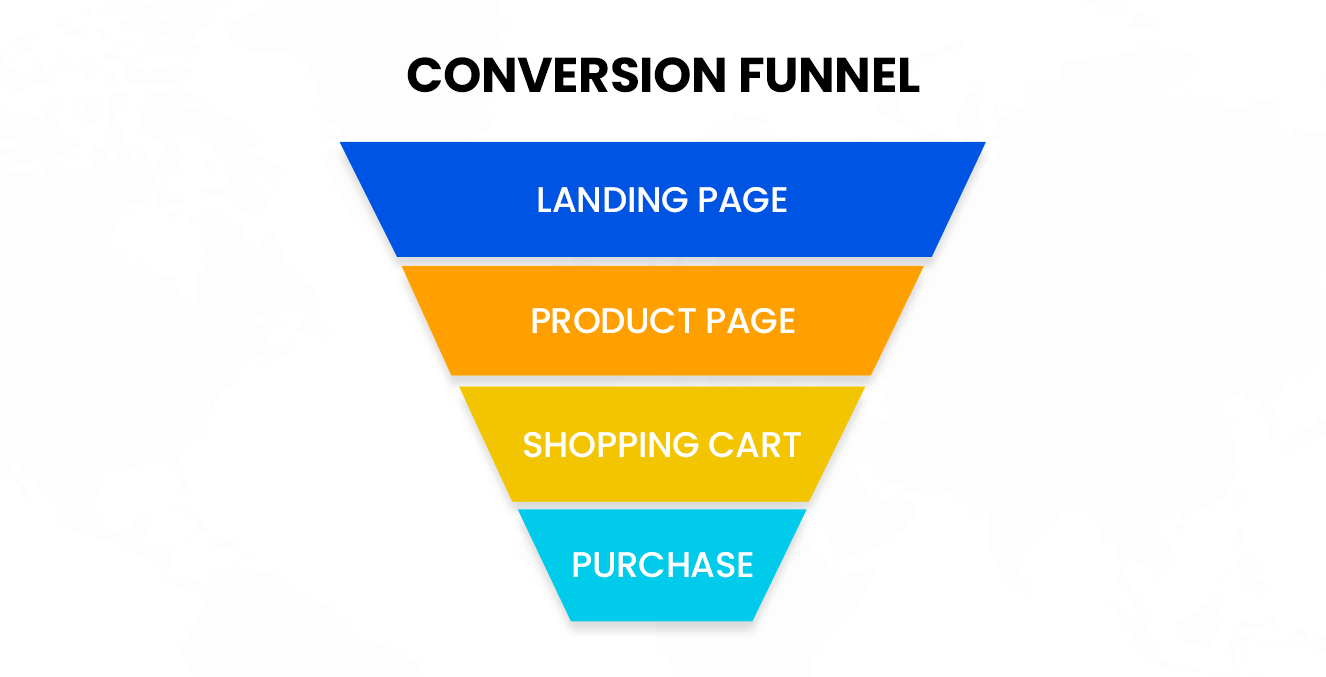
Conversion often means many other actions apart from just making a purchase. It can also mean:
- Registering on the site
- Submitting a form
- Subscribing to a loyalty program
- Using a new feature
But ultimately, a conversion funnel is what helps you turn visitors into buyers. If visitors land on your eCommerce website and cannot identify a clear path to take, they may be confused and leave. With a clearly defined path for them to follow, it’s easier for you to find problems and optimize your funnel to increase conversions.
Why should you analyze your eCommerce conversion funnel?
Funnel analysis reveals parts of your conversion funnel that need adjustments. It lets you see how many visitors drop off at each stage, and it lets you identify actions you can take to retain those visitors on your site. Analyzing the conversion funnel for your eCommerce website lets you:
- Measure the success of your eCommerce store
- Discover drop-offs and fix the gaps that cause them
- Improve conversion through data-driven tactics
- Establish best practices to optimize time and cost
How to analyze your eCommerce conversion funnel
There are three main steps involved in analyzing your eCommerce conversion funnel.
1. Pick meaningful metrics to track
An important first step for analyzing the conversion funnel for an eCommerce website is to identify the right metrics. Make sure you choose key performance indicators (KPIs) that have an impact on conversion (such as conversion rate and bounce rate) rather than vanity metrics like traffic and time spent on page.
Some of the key metrics to track include:
- Conversion rate: This is obtained by dividing the number of conversions by the number of visitors.
- Add to cart rate: This is the percentage of site visitors who add an item to their cart.
- Cart abandonment rate: This is the percentage of shoppers who add an item to their cart but abandon it before completing the checkout process.
- Return rate: This is calculated by dividing the number of returned items by the number of items sold and multiplying the result by 100.
- Average order value: This is the average amount spent each time a customer places an order on your website.
- Customer lifetime value: This is the total amount a customer is projected to spend on your business through their lifetime.
2. Perform a high level analysis of your funnel
Once you know what metrics are important for you to track, you can use analytics tools to perform a stage by stage analysis of the conversion funnel for your eCommerce website. Try to assess how many visitors drop off at each stage, and where the biggest drops are. These are the areas for you to work on.
For example, say 100 visitors come to your site during a specific period of time. Around 40 of these visitors continue from the landing page to a specific product page and view your product. Another 12 of these visitors proceed to add a product to their cart, but only 2 proceed to checkout.
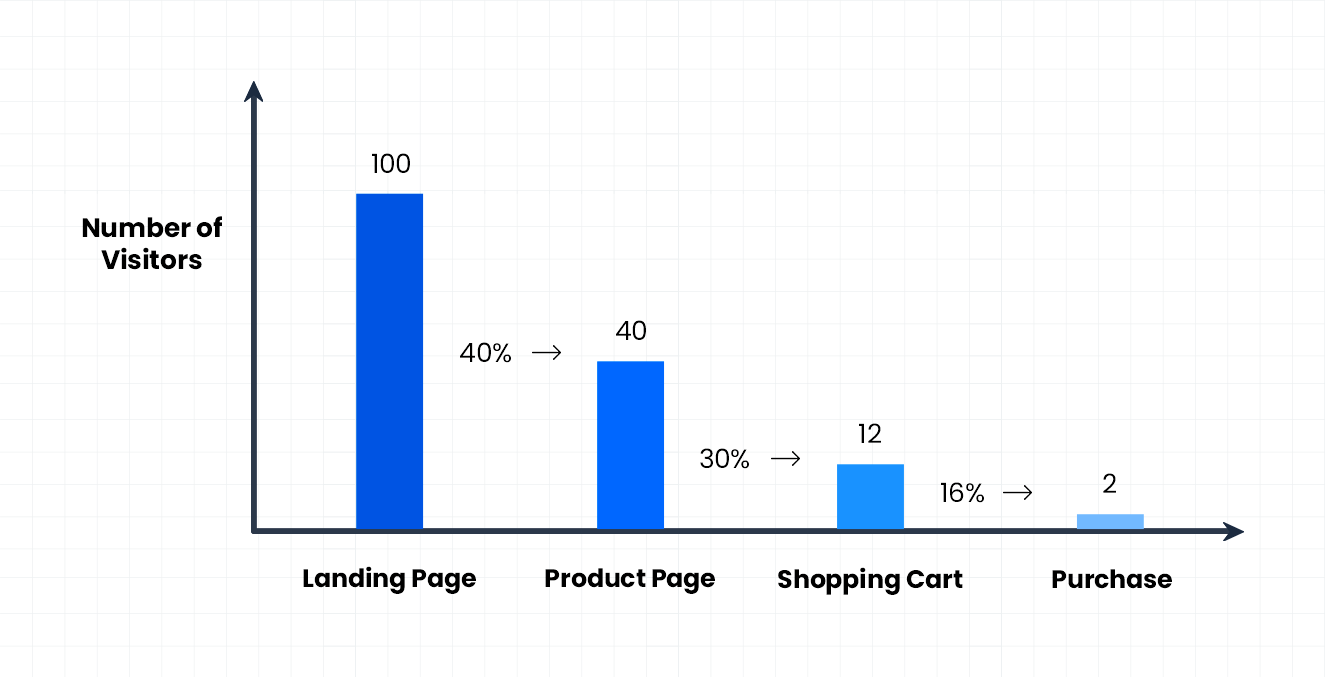
If you find that you’re losing the most customers between the add to cart and checkout stages, maybe there’s some aspect of your checkout process that needs to be optimized.
Check Out: AEM Implementation and Consulting
3. Dive deeper to uncover root causes for conversion issues
With this information, you can break down the problem further. Consider the different steps involved in the checkout process. Visitors may have to go to the cart, add their shipping information, add payment information, and more. You can now check how many visitors are making it through each of these steps and where they drop off.
Also look at heatmaps and session recordings to see how far down the page your visitors scroll, what they spend time on, or and what they miss out on. You can also use different user research tools such as surveys, card sorting, etc, to understand how users think and uncover problems you may not have thought of.
Check Out: Adobe CMS – Ecommerce
How to optimize your eCommerce conversion funnel
Now, with all of this data, you can make different hypotheses about what challenge your users are facing, and A/B test possible solutions.
For instance, you may be losing visitors because there is no guest checkout option and visitors don’t want to sign in to make a purchase. You can add a guest checkout feature and repeat your funnel analysis to see how it affects your conversions.
Here are some of the best practices to follow through the process of optimizing your conversion funnel.
1. Make sure your store navigation is simple and intuitive
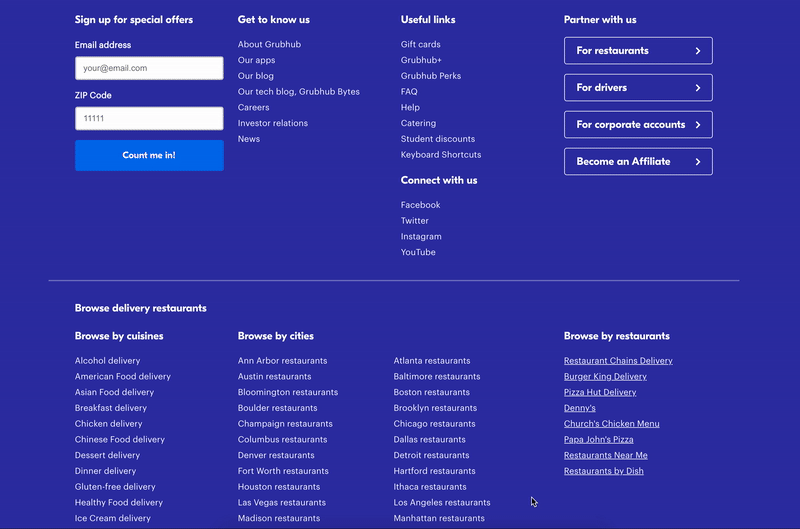
Food delivery platform Grubhub uses a fat footer to allow visitors to quickly find what they need.
Give visitors a clear path to follow from one step to the next. Don’t provide too many things for them to do at each step — try to provoke only one clear action per page and design the whole page to encourage visitors to pursue that behavior. Minimize interruptions and distractions that might cause visitors to abandon the website.
Must Read: 8 eCommerce Website Navigation Best Practices for Exceptional User Experiences
2. Create beautiful product pages
Make your product pages irresistible. You can use high quality product images, 360 degree views, videos, reviews, etc, to give visitors all the information they need to make a purchase immediately.
3. Optimize the checkout process
Provide visitors with the convenience and flexibility they seek — have a short and simple checkout process, a guest checkout option, multiple payment options, etc. All this will make it easier for visitors to act on their impulse to purchase without obstructions.
4. Get traffic from the right sources

Make sure you’re using organic search, email marketing, social media and other channels to attract relevant traffic to your store. Segment visitors by source and see which sources are giving you the most visitors that are likely to convert. Then, you can optimize other sources to bring in more of the same types of visitors.
5. Split visitors by behavior
Segment your visitors into groups that did and didn’t perform specific actions. This will help you identify patterns that are likely to be associated with conversion, such as clicking particular CTAs, reading certain content pieces, etc. You can then leverage these patterns to optimize conversions.
Continuously optimize your funnel for long-term growth
ECommerce conversion funnels are what make your site easy to use and successful. Optimizing your funnel is the way to unlock growth for your eCommerce business.
Also, improving the UX of your eCommerce store isn’t something that can be done in one shot. It’s a continuous process. Keep testing and iterating — make a hypothesis, test it out, measure your results, and then repeat the process with a new hypothesis.
Data is your best friend in this process. Make sure that the data you select and the metrics you choose to measure impact the big picture. There’s no point in increasing retention early in the funnel only to lose those visitors later on. Picking meaningful metrics and making the most impactful changes will help you convert more customers and scale your business.
Read Next: 10 Essential eCommerce Website Features To Take Your Digital Store To The Next Level










